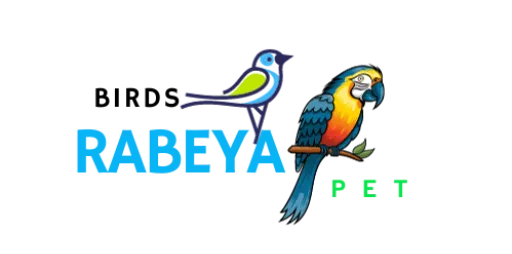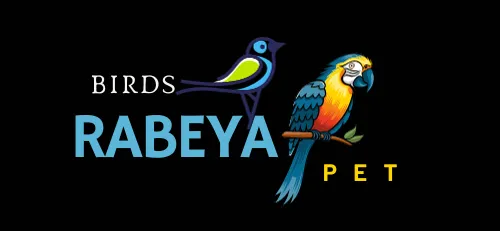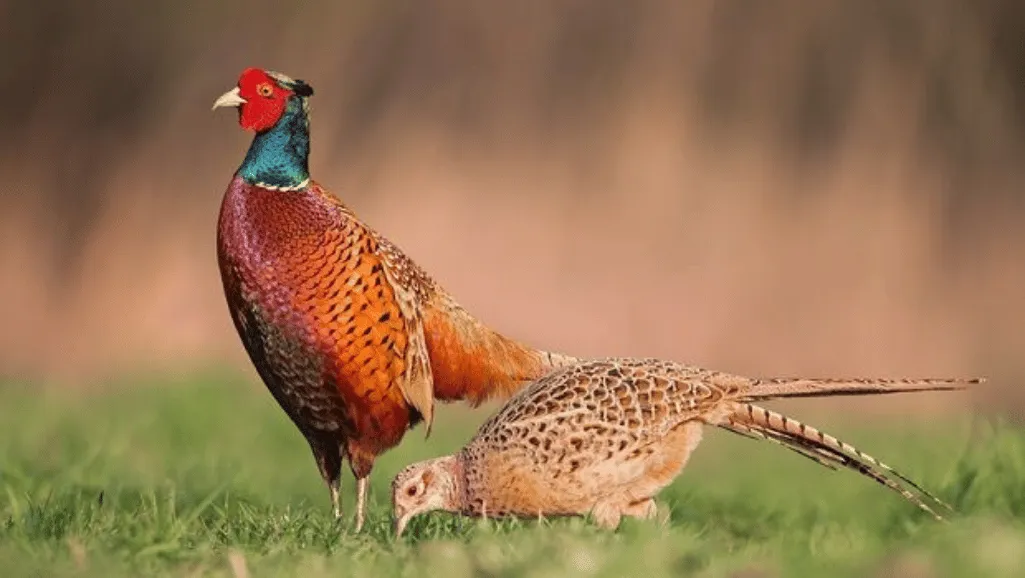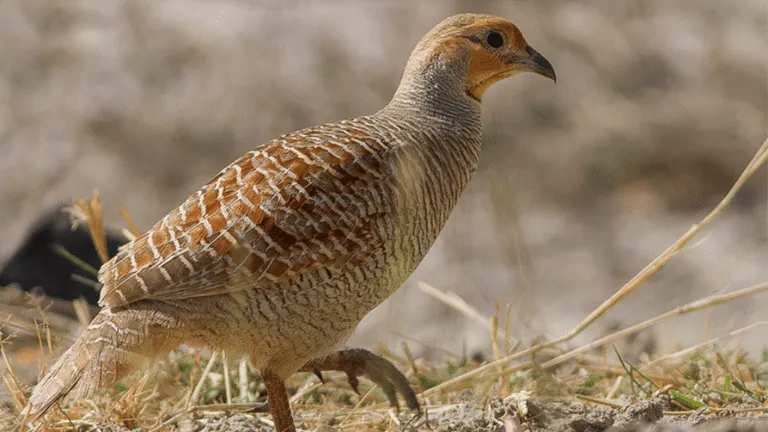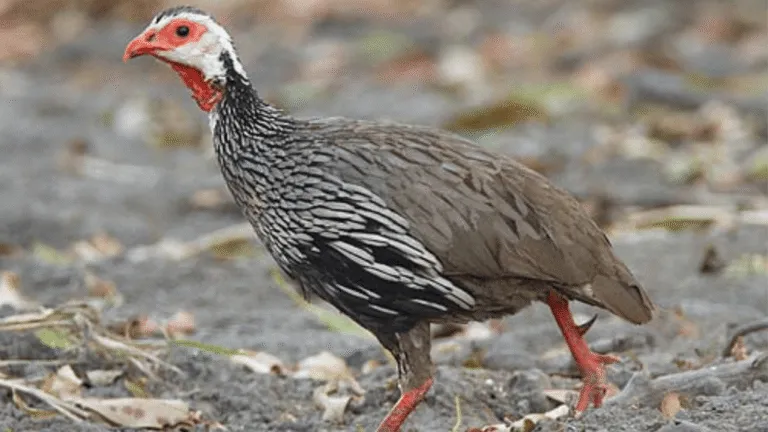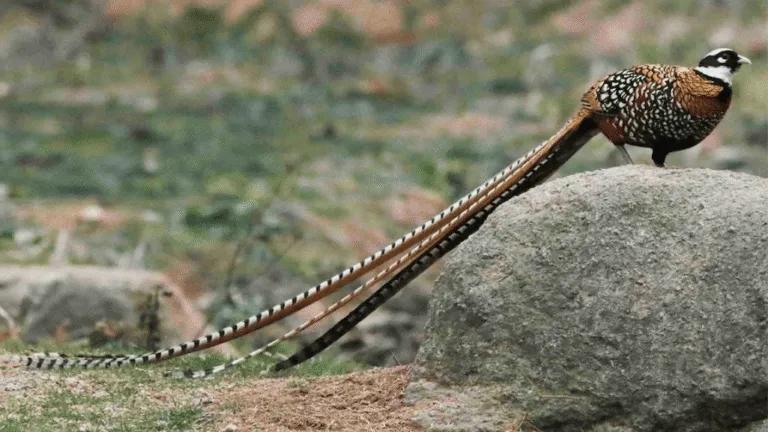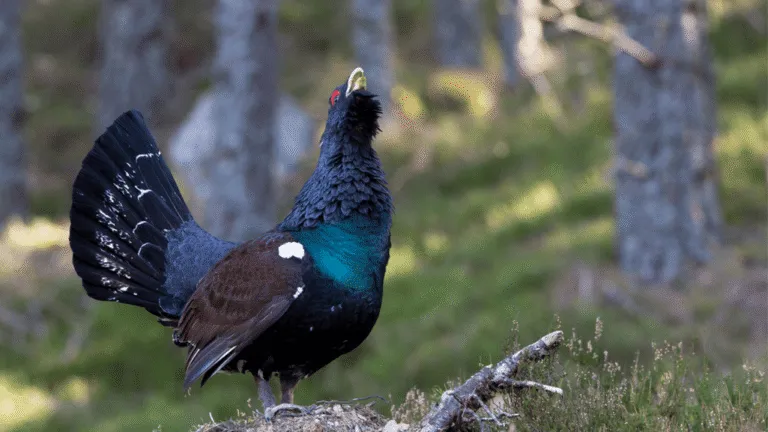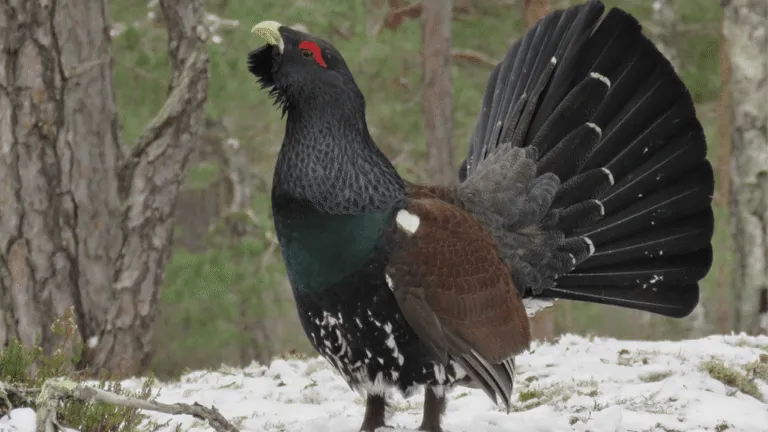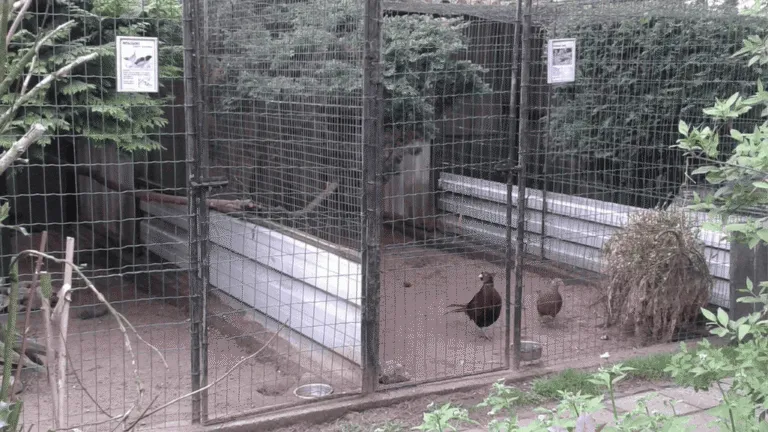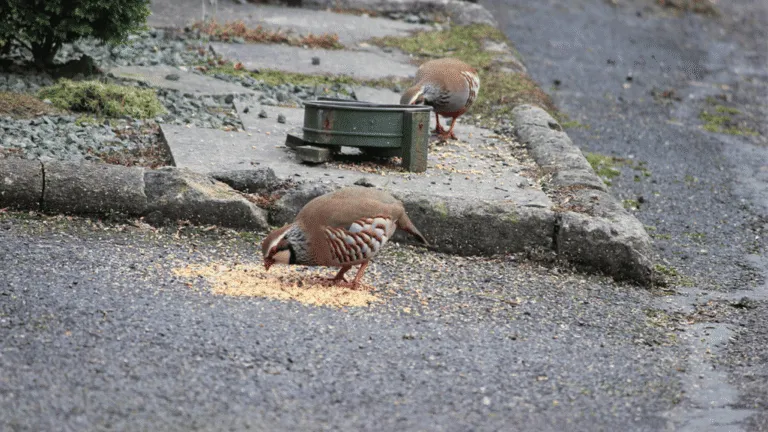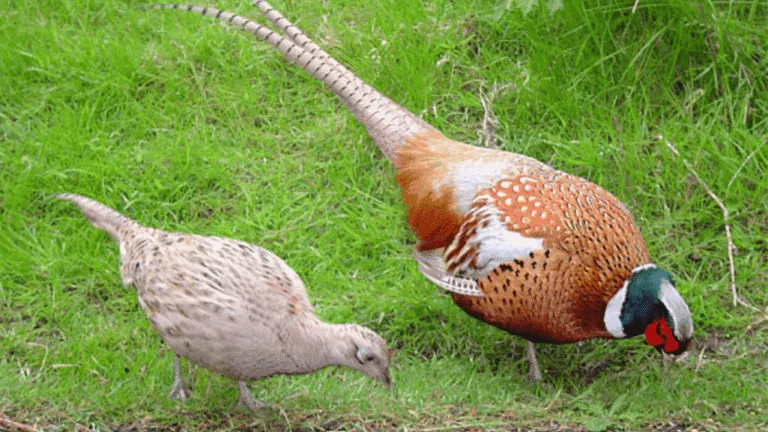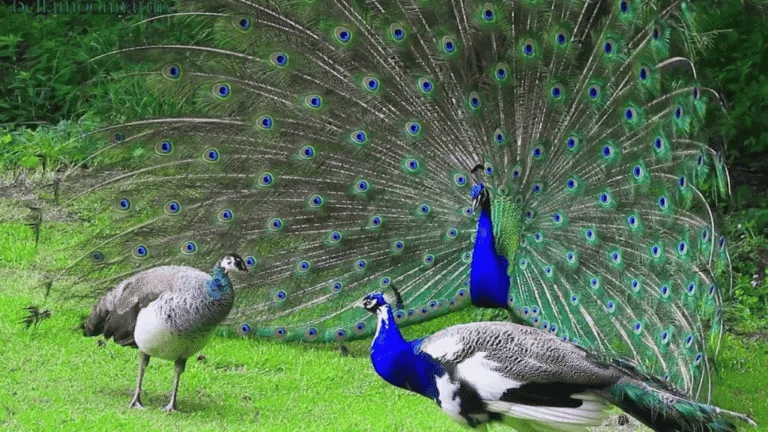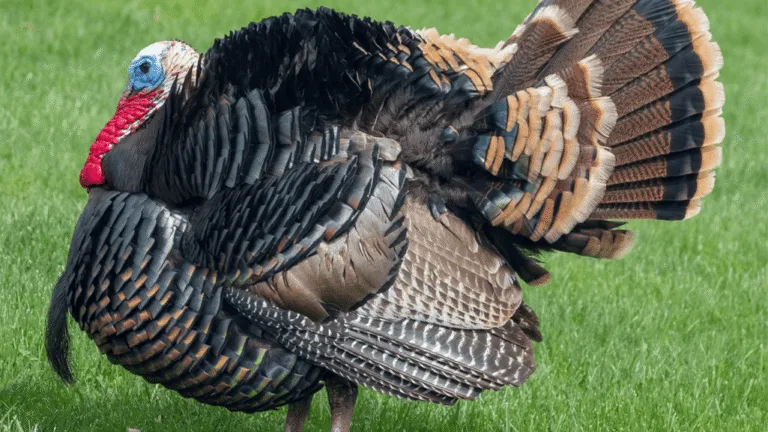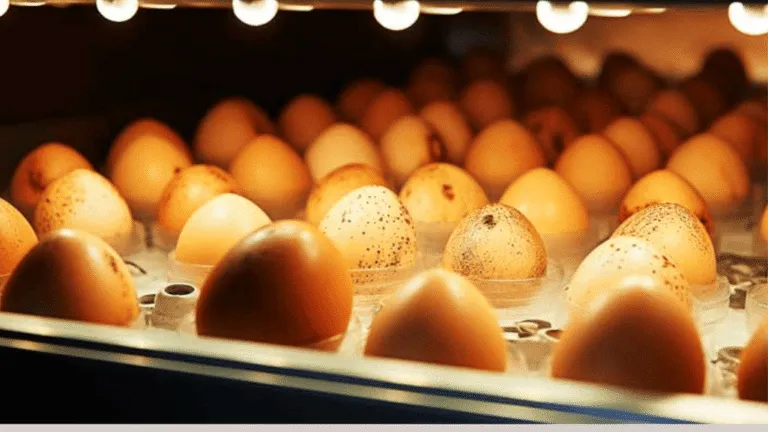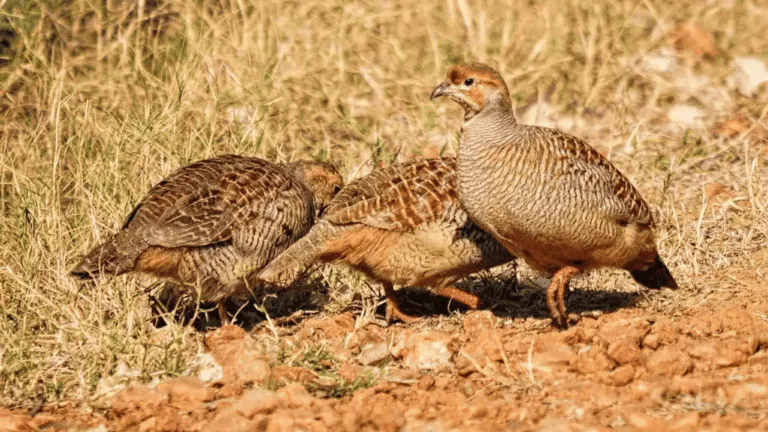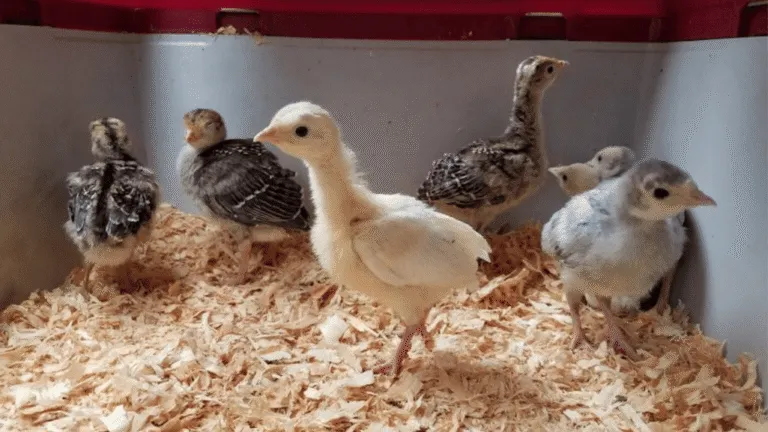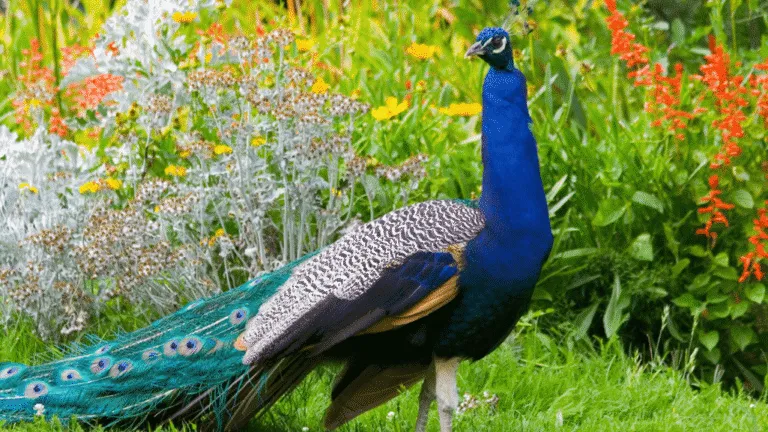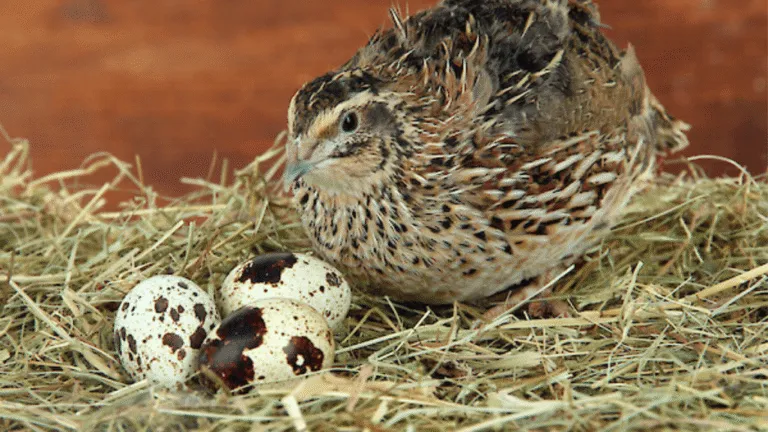Welcome to our comprehensive guide on pheasant breeding! If you’re passionate about raising pheasants and want to learn the best tips and practices for success, you’ve come to the right place. Whether you’re interested in blue pheasant breeding for sport, culinary purposes, or conservation, understanding their specific care requirements is essential. In this guide, we will cover everything from creating a suitable habitat to nutrition and health management, as well as breeding and lifecycle management. Let’s dive in and discover how to raise healthy and thriving pheasants!
Key Takeaways:
- Raising pheasants requires careful attention to their specific space, nutrition, and protection needs.
- Thoughtful management strategies are crucial for minimizing stress and promoting healthy flocks.
- Consider market demand, input costs, and breed selection for successful pheasant breeding.
- Creating a suitable habitat and providing nutritious food and clean water are vital for pheasant raising.
- Regular health monitoring and disease prevention measures are crucial for maintaining pheasant well-being.
Getting Started with Pheasant Raising
Embarking on raising healthy adult pheasants requires understanding their unique biology and careful planning. By following the proper steps, you can set your pheasant-raising journey on the right track. Whether you are a hobbyist or looking to establish a commercial operation, these guidelines will help you get started with pheasant raising.
Pheasant Chicks: Special Care Required
Pheasant chicks have specific heat requirements to ensure their well-being and growth. During their early weeks, they need a lighted heat source to maintain the optimal temperature. Setting up a pheasant brooder house is essential for creating a safe and comfortable environment for the chicks.
To provide the best care for your pheasant chicks, consider the following:
- Choose a spacious brooder house that can accommodate the number of chicks you plan to raise
- Ensure the brooder house has proper ventilation to prevent the buildup of harmful gases
- Use a reliable heat source, such as heat lamps or brooder plates, to maintain the required temperature
- Provide clean bedding material, such as wood shavings or straw, to keep the chicks comfortable and clean
- Ensure access to fresh water and nutritious feed formulated specifically for pheasant chicks
Remember, the well-being of your pheasant chicks is crucial for their healthy development and future breeding success. Take the time to learn about their specific needs and provide them with the care they deserve.
Transitioning to an Outdoor Pen
As your pheasant chicks grow, it’s important to transition them to an outdoor pen that resembles their natural habitat. This transition allows them to adapt to the outdoor environment, enhance their physical fitness, and develop their breeding instincts.
“Providing a suitable outdoor pen for your pheasants is essential for their overall health and breeding abilities.” – John Smith, Experienced Pheasant Raiser
When setting up the outdoor pen, consider the following:
- Create a spacious area with optimal fencing to protect the pheasants from predators
- Incorporate areas of dense cover, such as shrubs or tall grass, to mimic their natural habitat
- Ensure the pen provides enough space for the pheasants to move and fly around
- Place suitable feeders and waterers in the pen for easy access to nutritious food and clean water
- Maintain a clean and hygienic environment by regularly removing waste and debris
Remember to monitor the health and behavior of your pheasants while they are in the outdoor pen. Supervision is essential to ensure they are adapting well and exhibiting healthy breeding behaviors.
By carefully planning and providing the necessary care, you can ensure the successful upbringing of your pheasants. Now that we have covered the basics of getting started with pheasant raising, let’s move on to creating a suitable habitat for your flock in the next section.
Creating a Suitable Habitat for Pheasants
Pheasant chicks require a controlled environment in a brooder house before they can be moved to an outdoor pen. It is essential to prioritize their comfort and safety during this stage of development. The brooder house should be well-equipped with the necessary facilities to support their growth and ensure their well-being.
Pheasant Brooder Requirements
When designing a brooder house, several factors need to be taken into consideration:
- Heat Sources: Provide suitable heat sources, such as heat lamps or brooders, to maintain the optimal temperature for the chicks. This helps mimic the warmth they would receive from their parents.
- Ventilation: Ensure proper ventilation to maintain a fresh airflow and prevent the buildup of harmful gases. Good air circulation promotes healthy growth and reduces the risk of respiratory problems.
- Waterers and Feeders: Install appropriate waterers and feeders that are easily accessible to the chicks. Clean water and balanced nutrition are essential for their development.
- Bedding: Choose appropriate bedding material, such as pine shavings or straw, to provide a comfortable and hygienic environment for the chicks. Regularly cleaning and replacing the bedding helps maintain optimal conditions.
“A well-designed brooder house plays a critical role in the successful rearing of pheasant chicks.”
Outdoor Pheasant Pen Design
Once the chicks have grown and are ready to be moved to an outdoor pen, careful attention must be given to the design of the pen. This ensures that the birds have adequate space and a habitat that closely resembles their natural environment.
- Ample Space: Provide enough space within the outdoor pen to allow the pheasants to move freely and engage in natural behaviors. The recommended space per bird is at least 10 square feet.
- Dense Cover: Create areas of dense cover within the pen using shrubs, tall grasses, or native vegetation. This provides hiding places and protection for the birds, making them feel secure.
- Disease Prevention: Implement disease prevention measures by incorporating proper ventilation systems and easy-to-clean surfaces and equipment. This helps minimize the risk of infections and promotes the overall health of the birds.
By creating a suitable habitat for pheasants, both in the brooder house and the outdoor pen, you can ensure the well-being and thriving of your flock. Providing the right conditions allows these beautiful birds to flourish and exhibit their natural behaviors.
blue pheasant Nutrition and Health Management
Maintaining optimal nutrition and vigilant health monitoring are crucial for the well-being of pheasants. By providing a balanced diet and implementing disease prevention measures, you can ensure the overall health and vitality of your pheasant flock.
Pheasant Feeding
- During the growth phase, pheasants require high-protein feed to support their development and build strong muscles.
- As pheasants mature, they need a balanced diet consisting of grains, seeds, insects, green leafy vegetables, and fruits to meet their nutritional needs.
- It is important to provide fresh, clean water at all times to keep the birds hydrated and maintain their overall health.
- Including grit in their diet is essential for pheasants as it aids in digestion by grinding food particles in their gizzards.
Pheasant Health Monitoring
Regular observation and proactive health monitoring can help identify any potential health issues early on and prevent disease outbreaks within the flock. Here are some key points to consider:
“Regular observation and proactive health monitoring are crucial for maintaining the well-being of your pheasant flock.”
- Perform daily visual inspections of the birds, looking for any signs of illness, injuries, or abnormalities.
- Quarantine newly acquired or sick birds to prevent the spread of diseases to the rest of the flock.
- Implement disease prevention strategies, such as including coccidiostats in their feed, to control common poultry diseases like coccidiosis.
- Consult with a veterinarian experienced in avian health to establish a comprehensive health management plan.
By prioritizing pheasant feeding and health monitoring practices, you can help ensure the well-being and vitality of your flock, minimizing the risk of diseases and promoting overall bird health.
Breeding and Lifecycle Management of Pheasants
Successful pheasant breeding requires careful considerations and meticulous management. The process involves selecting healthy breeders and creating suitable habitats to ensure optimal breeding conditions. Let’s explore some essential aspects of pheasant breeding and lifecycle management.
Breeding Ratio and Pair Selection
When it comes to breeding pheasants, maintaining the ideal breeding ratio is crucial. A recommended ratio is one rooster to five to seven hens, which helps improve fertilization success and genetic diversity within the flock. Selecting compatible pairs based on their health, fertility, and temperament is equally important for successful breeding.
Habitat Design and Nest Boxes
The design of the breeding habitat plays a vital role in encouraging natural breeding behaviors in pheasants. Providing ample space, protective cover, and suitable nest boxes are essential considerations. Nest boxes should be strategically placed to ensure privacy and minimize disturbance during incubation.
Incubation and Hatching
Incubation may be necessary to optimize hatching success in pheasant breeding. Utilizing incubators can provide controlled conditions required for optimum egg development and hatching. It allows breeders to monitor temperature, humidity, and turning patterns, increasing the chances of healthy chick production.
Now let’s take a look at a comprehensive table summarizing the key stages and considerations for pheasant breeding:
| Stage | Considerations |
|---|---|
| Breeding Ratio | Maintain a ratio of one rooster to five to seven hens for optimal fertilization and genetic diversity. |
| Pair Selection | Choose healthy, fertile pairs that exhibit compatible temperaments for successful breeding. |
| Habitat Design | Create suitable breeding habitats with ample space, protective cover, and strategically placed nest boxes. |
| Incubation | Use incubators to control temperature, humidity, and turning patterns during egg incubation for higher hatching success. |
By implementing these pheasant breeding considerations and ensuring proper incubation, breeders can increase the chances of healthy chick production and sustainable flock growth.
Individual Pen Mating and Range Conditions
Individual pen mating can be a valuable technique for selectively breeding specific strains of pheasants in a controlled environment. This method allows breeders to carefully test and monitor genetic traits, ensuring the production of desired characteristics in the offspring.
However, it is important to note that individual pen mating may not be suitable for commercial pheasant-meat operations. Due to the time, space, and management requirements involved, this approach is often more feasible for smaller-scale breeders or those focused on breeding for specific traits or conservation purposes.
On the other hand, range conditions with adequate space and suitable shelter can also be an effective option for pheasant breeding. Allowing pheasants access to a larger outdoor area mimics their natural habitat and provides various advantages for their well-being and reproductive success.
When implementing range conditions for breeding, it is important to ensure the following:
- The chosen site should be dry, well-drained, and sheltered to protect the birds from extreme weather conditions.
- Good covering in the range area encourages nesting in a central location, facilitating the monitoring and management of eggs and chicks.
- Ample space is provided to allow the pheasants to exhibit natural behaviors and establish territorial hierarchies.
- Appropriate vegetation and hiding spots are available to reduce stress, promote breeding behaviors, and provide protection for the hens.
Implementing suitable range conditions can contribute to the overall health and reproductive success of pheasants, creating an environment that closely resembles their natural range and enabling them to express their natural behaviors.
For a better understanding, the table below provides a comparison between individual pen mating and range conditions:
| Individual Pen Mating | Range Conditions |
|---|---|
| Allows controlled breeding for specific genetic traits | Provides a larger, more natural environment for pheasants |
| Requires more intensive monitoring and management | Allows pheasants to exhibit natural behaviors and establish territorial hierarchies |
| Not suitable for commercial pheasant-meat operations | Contributes to the overall health and reproductive success of pheasants |
As with any breeding method, considering the specific goals, resources, and constraints of your operation will help determine the most suitable approach for your pheasant breeding endeavors.
Special Requirements for Exotic Pheasant Breeds
When it comes to raising exotic pheasants, such as Tragopans and Peacock-Pheasants, there are certain specific requirements that enthusiasts need to be aware of. These exotic breeds may have unique needs that differ from their more common counterparts. Understanding and providing for these requirements is essential for their well-being and successful breeding.
Special Considerations for Exotic Pheasants:
- Elevated Nest Boxes: Exotic pheasants may require nest boxes that are raised off the ground, providing them with a sense of security and privacy during the breeding season.
- Large Aviaries: Due to their natural behavior and need for space, exotic pheasants often thrive in larger aviaries that allow them to move and fly more freely.
- Hiding Areas: Providing hiding areas within the aviaries is crucial for exotic breeds that are more shy or vulnerable, as it allows them to retreat and feel safe when needed.
In addition to these general requirements, some exotic pheasant species have specific needs that should be addressed:
The Grey Peacock-Pheasant:
The Grey Peacock-Pheasant is one such breed that requires special attention. These birds are sensitive to cold temperatures and should be given adequate protection from chilly weather. Providing insulated shelters or heated enclosures can help maintain their comfort and health.
Moreover, the Grey Peacock-Pheasant has picky eating habits and may require specialized diets. Ensuring a well-balanced and varied diet that meets their nutritional needs is crucial for their overall well-being.
Breeding Programs for Critically Endangered Species:
For critically endangered exotic pheasants, like the Edward’s Pheasant, breeding programs play a vital role in their conservation. These programs aim to prevent inbreeding and maintain genetic diversity, ultimately producing healthy birds for potential release back into the wild.
By taking into account the specific requirements of exotic pheasant breeds, enthusiasts can create suitable environments that promote their well-being and breeding success. Whether it’s providing elevated nest boxes, spacious aviaries, or addressing unique dietary needs, understanding and catering to these requirements are essential for the care of these magnificent birds.
Conclusion
Breeding and raising pheasants can be a challenging yet rewarding endeavor. By understanding their specific requirements, providing proper care and nutrition, and implementing thoughtful management strategies, enthusiasts can increase their chances of successful pheasant breeding. Whether your purpose is to enjoy sport, enhance culinary experiences, or contribute to conservation efforts, following these pheasant breeding tips and best practices can lead to the production of healthy birds and a potentially profitable venture.
Successful pheasant breeding begins with a comprehensive understanding of their needs. From creating suitable habitats and designing brooder houses to implementing appropriate nutrition and health management, every aspect plays a crucial role. By providing pheasants with the necessary space, comfort, and protection, you can ensure their well-being throughout their lifecycle.
Ultimately, the breeding and raising of pheasants require careful attention to detail and dedication. Adhering to the best practices outlined in this guide can help you navigate the challenges of pheasant breeding and increase your chances of success. So, whether you’re a passionate enthusiast or a budding entrepreneur, lay the foundation for a thriving pheasant breeding operation with these valuable insights and tips.
Frequently Asked Questions
What are some tips for successful pheasant breeding?
To achieve successful pheasant breeding, it is important to understand their specific requirements for space, nutrition, and protection from predators. Thoughtful management strategies, such as minimizing stress and promoting healthy flocks, are also crucial. Careful consideration of market demand, input costs, and breed selection is recommended for profitable breeding.
What do I need to know about raising pheasant chicks?
Raising pheasant chicks requires creating a safe and comfortable environment in a brooder house with suitable heat sources, ventilation, waterers, feeders, and bedding. Early on, pheasant chicks need a lighted heat source and transition to an outdoor pen that resembles their natural habitat for their health and future breeding abilities.
How should I design an outdoor pen for pheasants?
Outdoor pens should provide ample space and areas of dense cover to mimic the pheasants’ natural habitat. The design should incorporate ventilation, disease prevention measures, and easy-to-clean surfaces and equipment. Ensuring dry and well-drained conditions with suitable shelter is important for the chosen site.
What is important for the nutrition and health of pheasants?
Pheasants require high-protein feed during their growth phase and a balanced diet as they mature. Access to fresh, clean water and inclusion of grit in their diet are crucial. Regular observation, disease prevention measures, and quarantining new or sick birds contribute to maintaining optimal nutrition and vigilant health monitoring.
What should I consider for the breeding and lifecycle management of pheasants?
Successful pheasant breeding involves selecting healthy breeders and providing suitable habitats. The ideal breeding ratio is one rooster to five to seven hens. Habitat design, nest boxes, and pair selection are crucial for breeding success. Incubation may be necessary, and incubators can be used for this purpose. Careful management of breeding is important for producing healthy chicks and sustainable flock growth.
How does individual pen mating and range conditions affect pheasant breeding?
Individual pen mating can be used for testing certain strains of birds in a breeding program, while range conditions with adequate space and suitable shelter are options for pheasant breeding. Good covering in the range area encourages nesting and provides protection for the hens. The site chosen for range conditions should be dry, well-drained, and sheltered.
What are the special requirements for raising exotic pheasant breeds?
Exotic pheasant breeds, such as Tragopans and Peacock-Pheasants, may require elevated nest boxes, large aviaries, and hiding areas. Some species, like the Grey Peacock-Pheasant, require protection from the cold and may have specific dietary preferences. Breeding programs for critically endangered species focus on preventing inbreeding and producing healthy birds for potential release into the wild.
What can I expect from breeding and raising pheasants?
Breeding and raising pheasants can be challenging yet rewarding. By understanding their specific requirements, providing proper care and nutrition, and implementing thoughtful management strategies, enthusiasts can increase their chances of successful breeding. Following these breeding tips and best practices can lead to healthy birds and a potentially profitable venture.
